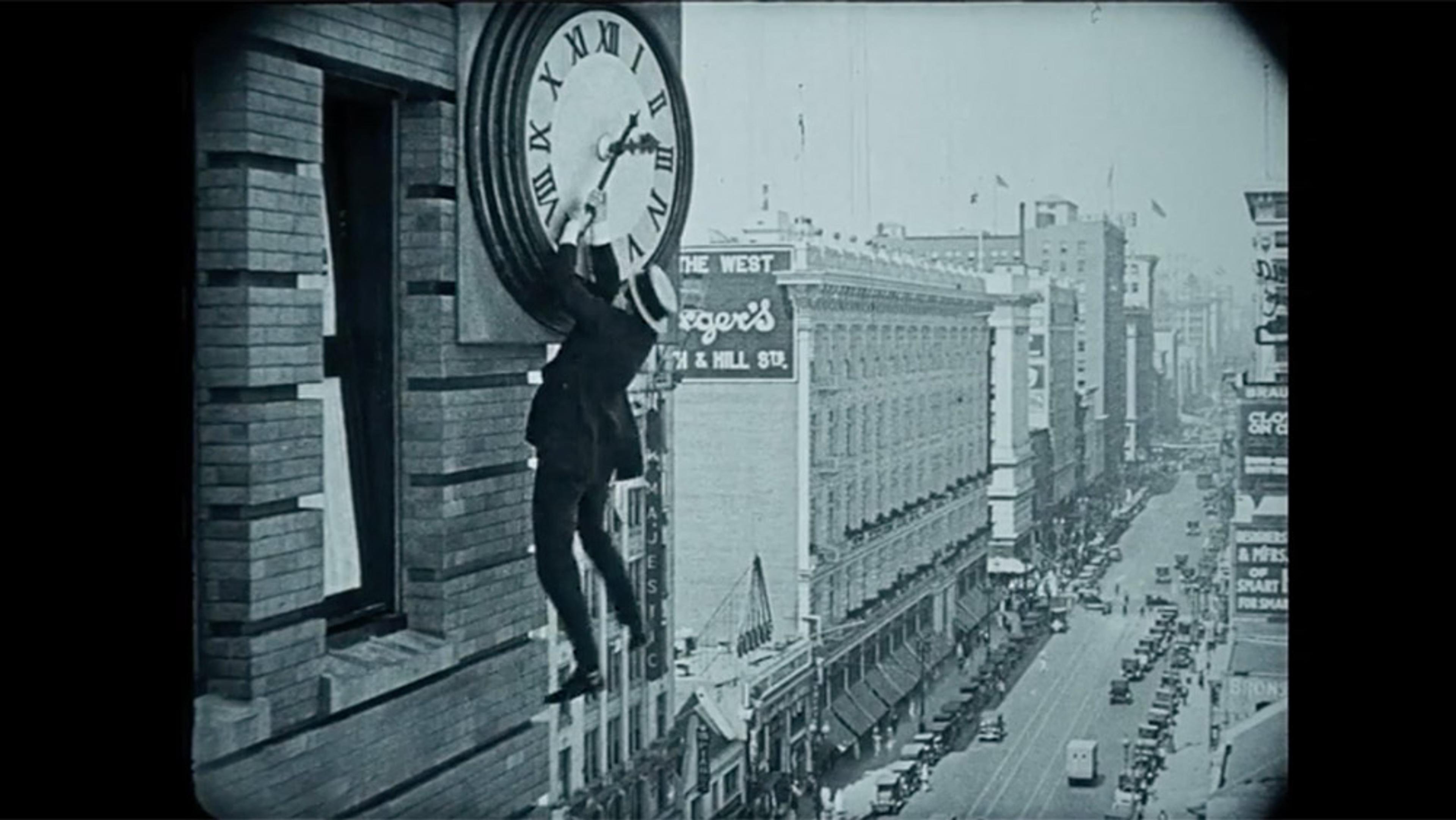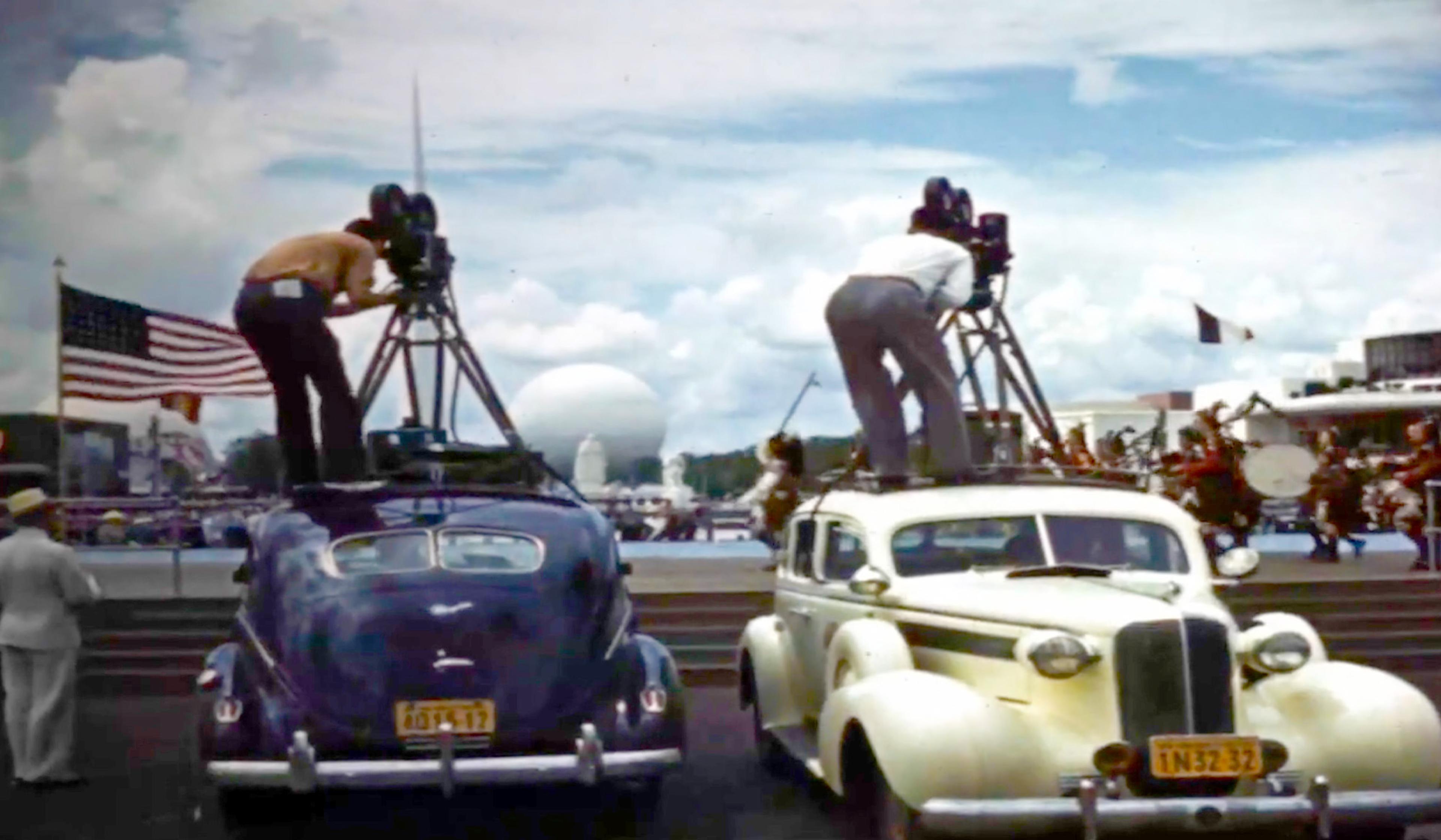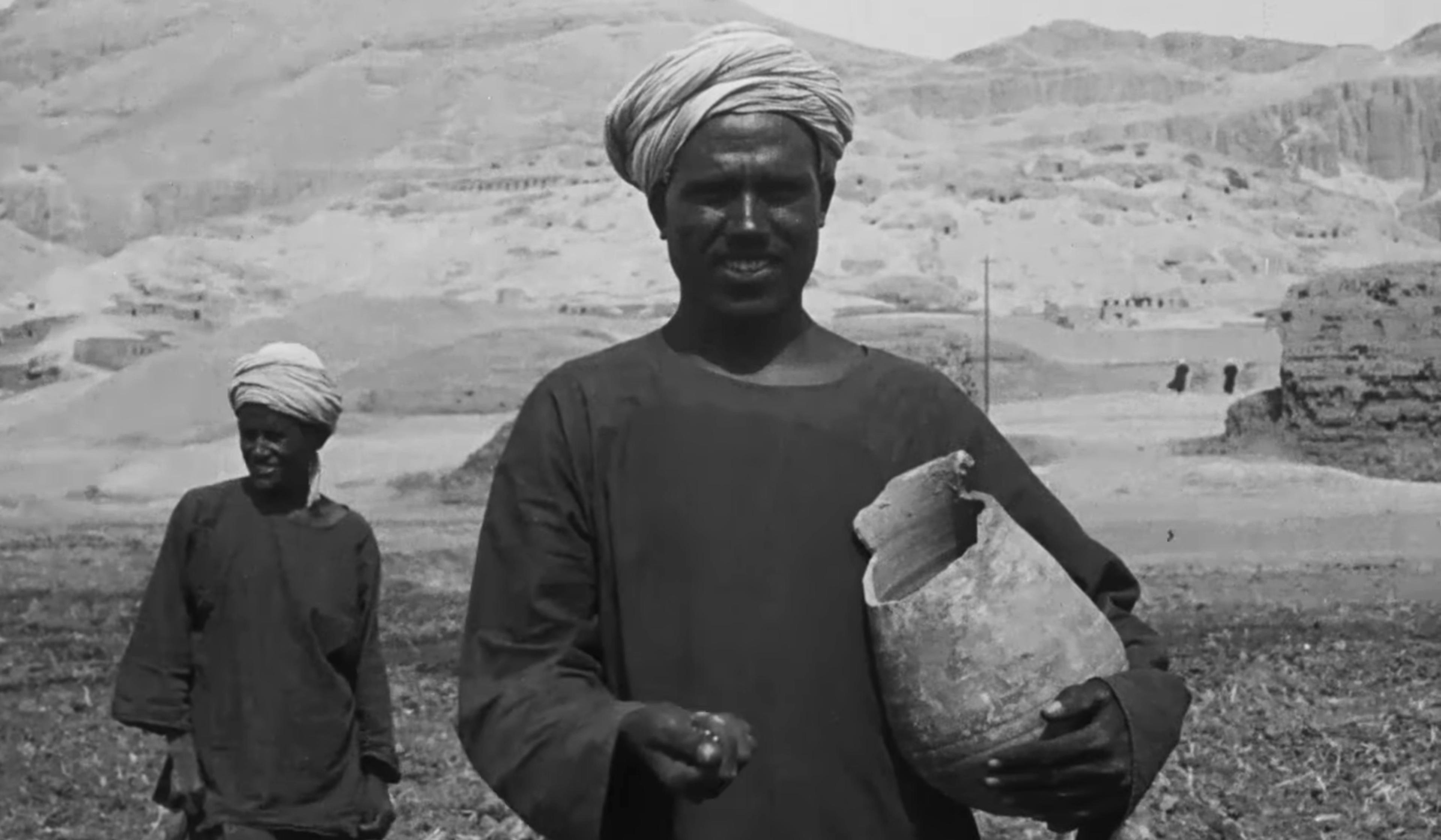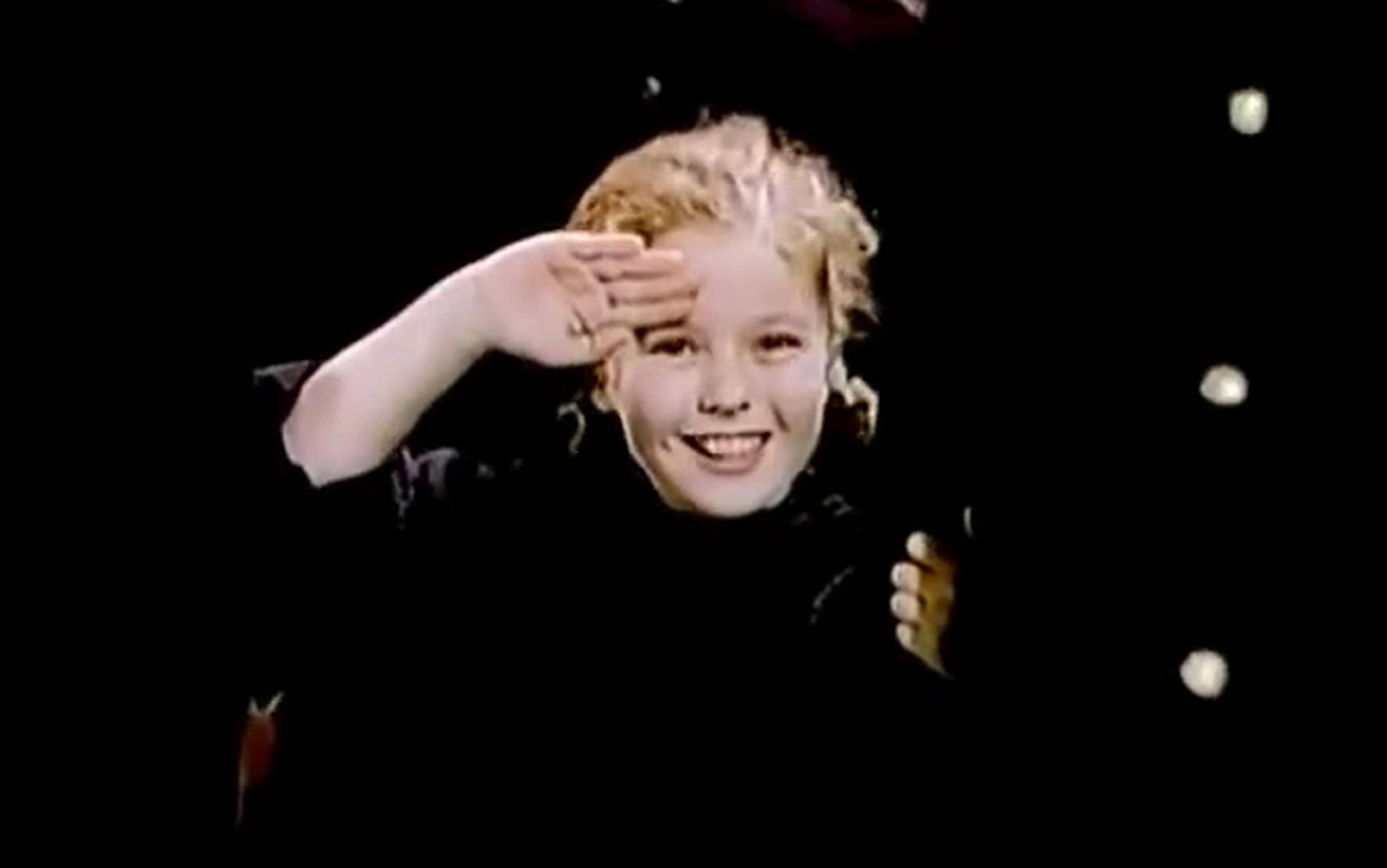‘It’s not so much being seduced by a story. It’s the thrill of seeing in itself.’
During the first film screenings in the 1890s, viewers marvelled at moving images that had an unprecedented power to transport them to faraway places in an instant. At first, these shorts – which included glimpses of everything from Niagara Falls to elephants in India – had no narrative structure. Audiences flocked to theatres simply for the novel experience of seeing people and places, some familiar and others deeply strange, rendered lifelike and immediate before their eyes. And, as the film curator Dave Kehr explains in this video from New York City’s Museum of Modern Art (MoMA), the images were hardly the grainy and frantically paced footage that has become synonymous with ‘old film’ today. Rather, viewed in their original form on large screens and prior to decades of degradation, these movies were vivid and realistic. In particular, early 68mm film, which was less practical than 35mm film and thus used less frequently, delivered startlingly lifelike impressions of distant realities to early moviegoers.
Via Kottke








